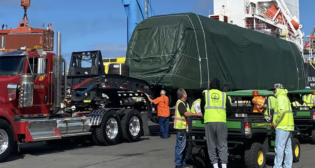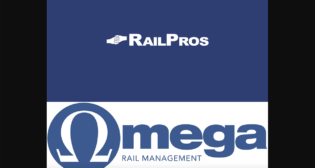
NYMTA Kicks Off Second Avenue Subway Phase 2 Project
Written by Marybeth Luczak, Executive Editor
A new station at 106th Street (rendering above, courtesy of NYMTA) is part of the Phase 2 extension of the Second Avenue Subway in New York.
New York Metropolitan Transportation Authority (MTA) on July 5 reported soliciting the first contract to construct Phase 2 of the Second Avenue Subway, and unveiled draft station renderings for the long-awaited 1.5-mile Q train service extension from 96th Street north to 125 Street and then west on 125th Street to Park Avenue (see map below).
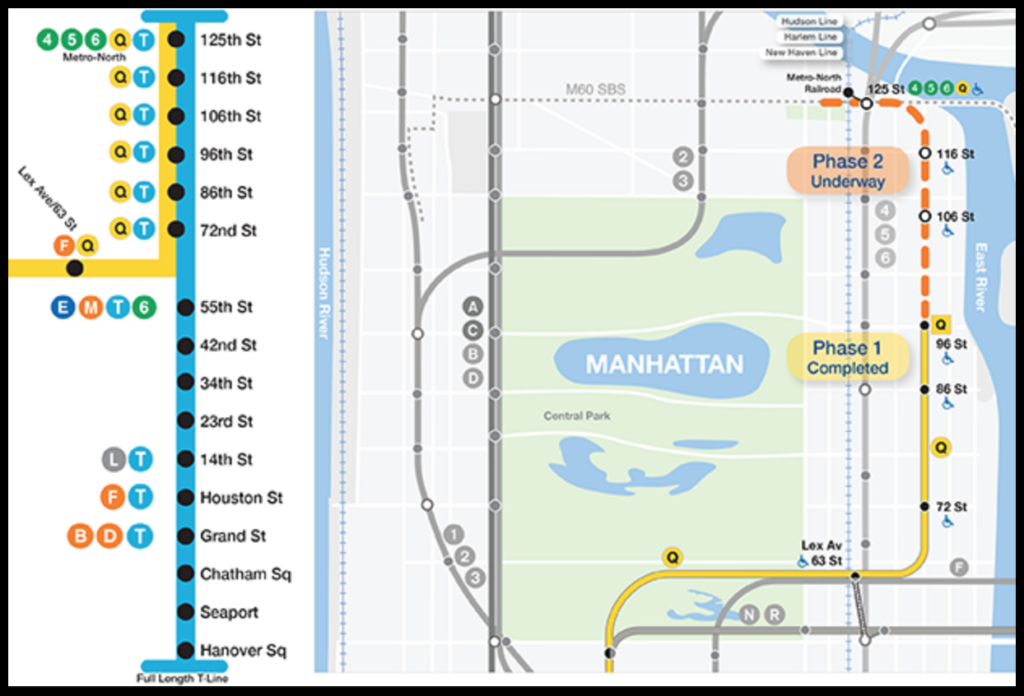
The scope of work incorporates lessons learned from Phase 1, which opened Jan. 1, 2017, and will involve utility relocation; temporary streetscape modifications that will be required during construction, including new bike lanes on Second Avenue; and building remediation in preparation for future contracts for a new subway station at 106th Street (one of two new stations to be erected in Phase 2)—all of which will lay the foundation for advancing station and system infrastructure construction, according to MTA.
The contract is expected to be awarded this fall, with work beginning by the end of the year. It has been solicited as a Design-Bid-Build A+B, which is said to incentivize proposers to compete on both cost and time needed to complete the work. MTA Construction and Development in 2022 saved more than $100 million on A+B contract awards compared with estimates, MTA reported.
To help keep costs down, MTA said Phase 2 includes reuse of a 1970s-built tunnel segment from 110th Street to 120th Street along Second Avenue; early real estate acquisition; adoption of “best value” contract structures like A+B contracts; reduction in “back-of-house” and ancillary space; and close coordination of contracts.
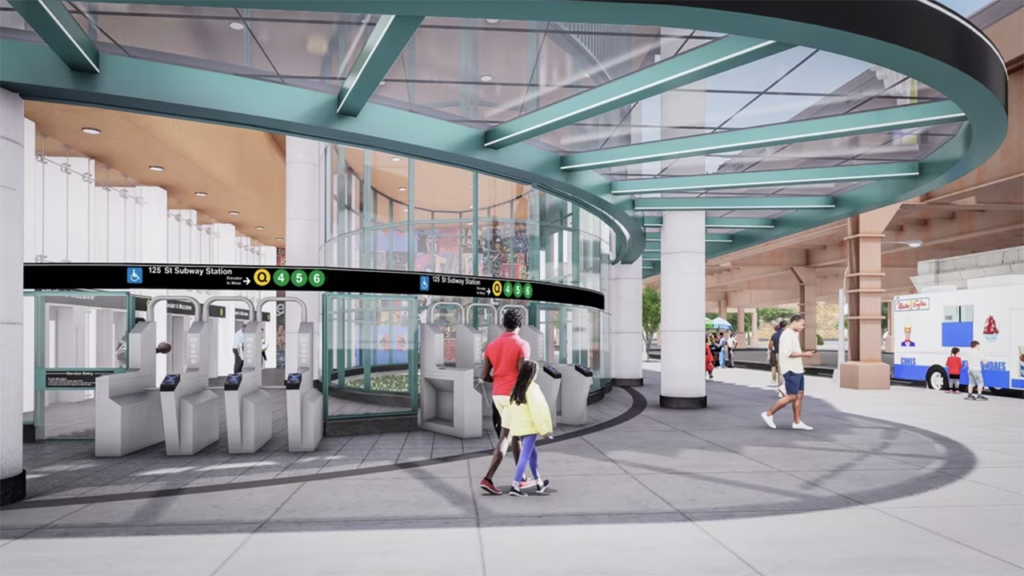
The second phase of the Second Avenue Subway project will feature two new ADA-accessible stations at 106th Street and 116th Street on Second Avenue, and a direct passenger connection with the existing 125th Street subway station on the Lexington Avenue subway line. Phase 2 will also provide an entrance at Park Avenue to allow transfers to the Metro-North Railroad 125th Street Station. Each new station will have above-ground ancillary buildings that house ventilation, mechanical, and electrical equipment, as well as space for possible ground-floor retail and community uses, according to MTA.
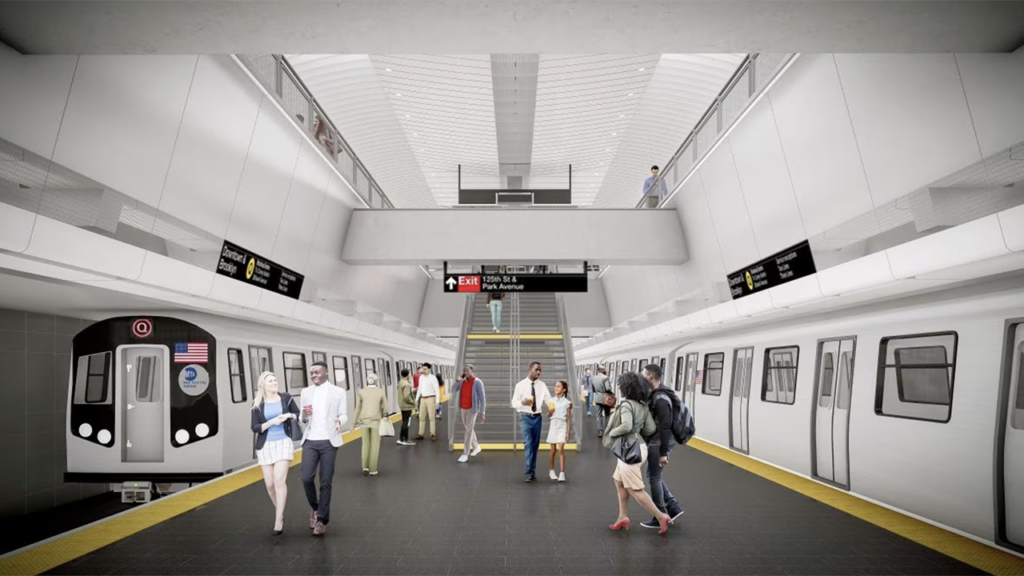
The project area has been a subway desert ever since the Second Avenue El stopped service above 57th Street in 1940, according to MTA, which added that the new extension will reduce crowding along the 4, 5 and 6 lines on Lexington Avenue.
The contract solicitation announcement “follows the Finding of No Significant Impact for the Central Business District Tolling Program issued by the Federal Highway Administration” during the week of June 25, MTA reported. “Revenue from congestion pricing will support $15 billion in funding for critical projects in the MTA’s current capital program, which includes Second Avenue Subway Phase 2. The MTA is finalizing a funding agreement with the Federal Transit Administration [FTA] for the project and has ensured that federally required contingency for the project is in place through a Capital Plan Amendment approved by the MTA Board last week [week of June 25], subject to approval by the MTA Capital Plan Review Board.”
MTA Construction and Development on July 11 will be conducting an industry outreach event at MTA headquarters to provide a project overview for interested contractors and consultants.
“This first contract of Second Avenue Subway Phase 2 exemplifies the MTA’s ability to adapt lessons learned from past projects and replicate cost containment measures for better, faster and cheaper project delivery,” MTA Construction and Development President Jamie Torres-Springer said during the July 5 announcement. “We are excited to advance procurement for this transformative project, which will create a more connected and integrated MTA system in East Harlem than ever before.”
“Phase 2 of the Second Avenue Subway is an investment in transit equity and a truly life changing project,” MTA Chair and CEO Janno Lieber said. “The East Harlem community has waited decades for it, and this expansion will serve over 100,000 riders daily, connecting Harlemites to jobs, education and opportunity throughout the region.”
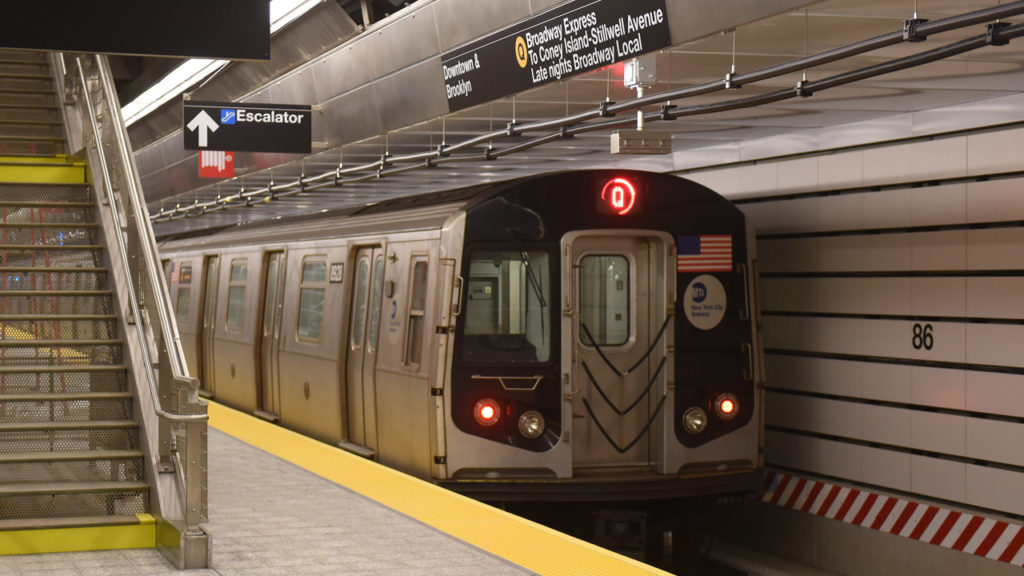
Second Avenue Subway Phase 1
The nearly-two-mile, $4.4 billion segment added stations along Second Avenue at 96th, 86th and 72nd streets and a new connection to the Lexington Avenue line at 63rd Street. Since its completion, the Second Avenue Subway has carried more than 130 million riders in total, including more than 200,000 passengers on a typical pre-pandemic day, according to MTA, which noted that approximately 300,000 riders are expected daily on Phases 1 and 2 combined.
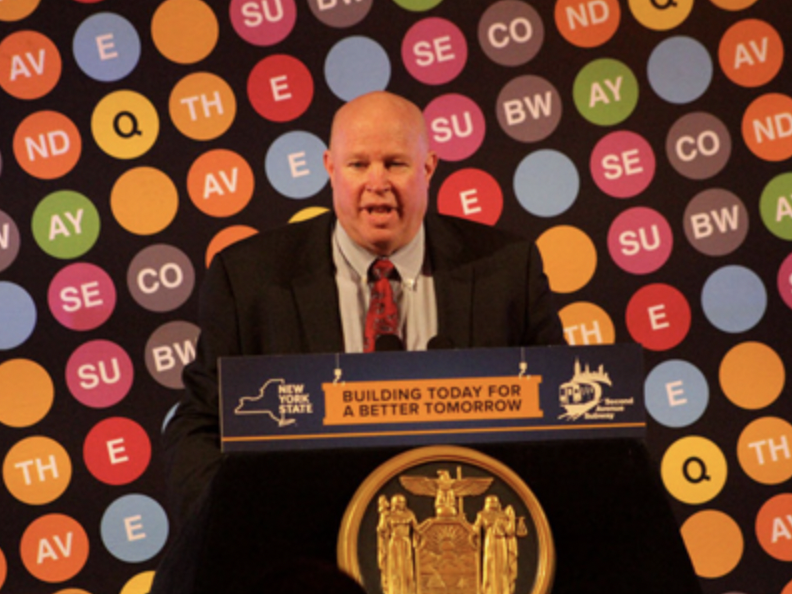
In early December 2016, then-MTA Chairman Tom Prendergast, Railway Age’s 2017 Railroader of the Year, talked extensively about the Phase 1 project he brought to completion with Editor-in-Chief William C. Vantuono.
“The first bond issued for Second Avenue was in the late ’20s,” Prendergast said. “The Governor (Andrew Cuomo) has been insistent that we meet the committed deadline of Dec. 31, 2016, which we’re confident we’ll do … Second Avenue will be a tremendous benefit to the City of New York and to the system. What it’s going to enable us to do is off-load a lot of the capacity problems we have on the Lexington Avenue Line, because the Lexington Avenue Line (4-5-6 Trains) is as far east as you go. You’ve got residential densities in the form of 80,000 to 100,000 people per square mile. And what people must do is walk from wherever their house is, between the East River and Lexington Avenue, over to Lexington Avenue. The Lexington Avenue Line is the most heavily traveled line in the country—500,000 people a day. That’s more than I think Washington and Chicago combined daily. So when we open up the stations at 63rd, 72nd, 86th and 96th for Phase 1—Phase 2 will go north of that point—you’re going to see a lot of people not having to trundle over to the Lexington Avenue Line. So, it’ll be a better commute for them. And it’ll open capacity on the Lexington Avenue Line. I think the stations will be striking because they won’t be the typical IND design, which was our latest design for cut-and-cover, track level, mezzanine, a lot of columns, whatever. These are very open, spacious stations. You’ll like them.”
There’s a lot of tunneling involved with the Second Avenue Subway, over and under other lines and systems. “Yes,” Prendergast noted. “There were some elements of it built that they tied into. But, you know, a lot of people don’t realize it because people that come to Manhattan now see a very flat terrain. The original Manhattan was not flat. You had hills and valleys. You had rock strata. And when they filled it in to make it flat, you had a lot of fill that wasn’t rock. So where you tunnel here, you can actually tunnel through rock as well as tunnel through soil, and there were challenges. There was a point in time where in the construction of the tunnel they had to freeze the soil, so that the boring machine could continue with work. And that’s kind of like we reported on it at the committee meetings, but people kind of forget about it. Those are the challenges you have when you build a subway tunnel.”
How did it feel to have the first phase of Second Avenue completed during his tenure? “Many people have asked me that,” said Prendergast. “The best way for me to answer is that I had many mentors in my career and people who preceded me who I admired and learned from. One common element all of them had was that they took the job they inherited and left what they had in a better condition than how they inherited it. I’ve ascribed to that theory. I’ve also understood that the development of some projects takes years. And it may take years beyond the tenure of one individual … I’m proud to have been Chairman when we open and make full on a promise made in the early part of the 20th century. But the credit goes to all the people that were involved in that project. I can say that not just for projects. I can say that for the system.”

